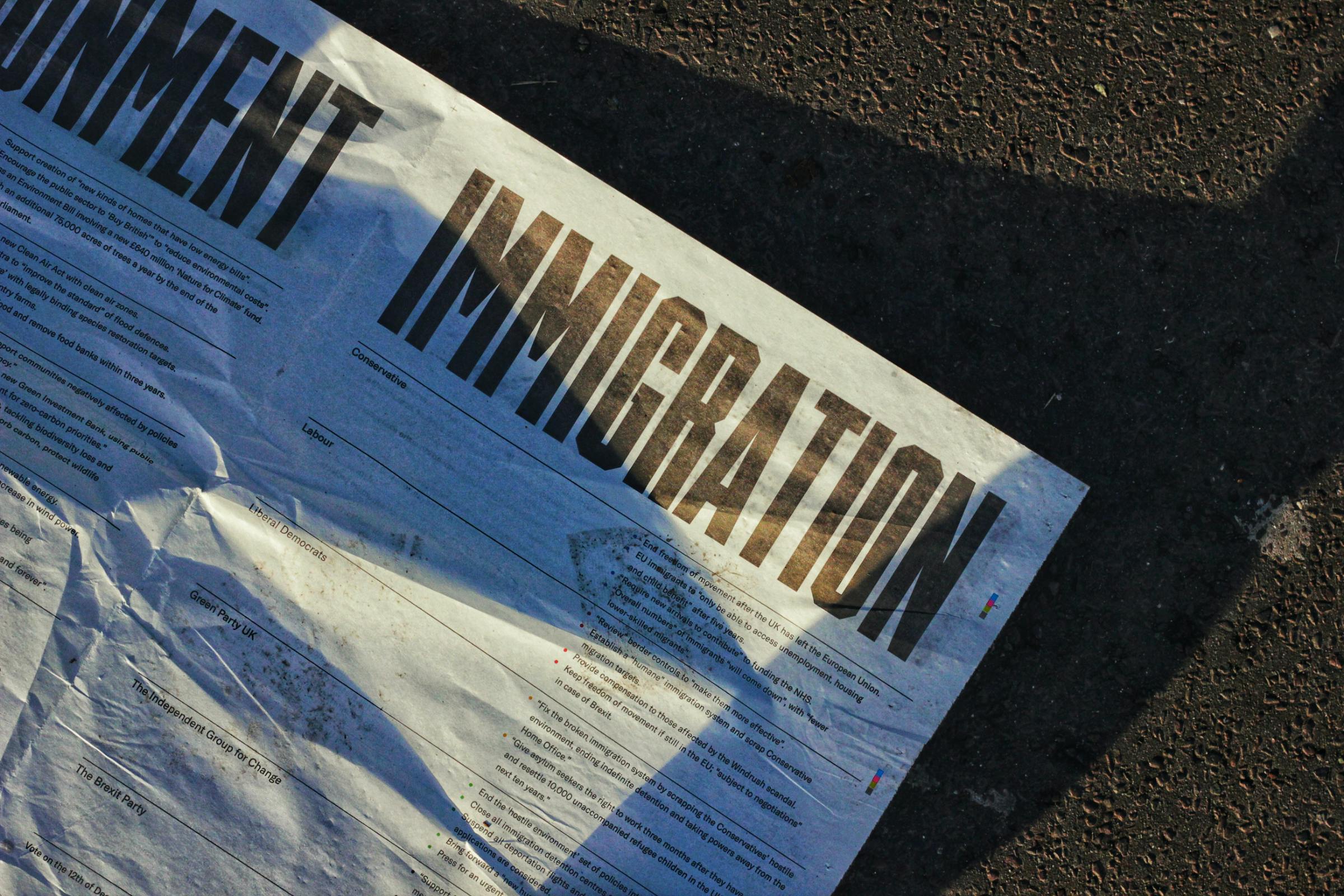The Background of the Pilot Program
Hiring foreign workers is an intrinsic part of the US economy. However, those workers must be approved for employment through the United States Citizenship and Immigration Services (USCIS) and Department of Homeland Security (DHS) systems. Aside from a short period post-COVID, employers must verify the I-9 and work authorization documents in person.
Recently, DHS was given regulatory authority to authorize certain alternatives to this requirement. This change was essential due to the predominance of virtual employment worldwide. A notice in the Federal Register, dated August 3, 2023, requested the public to comment on their thoughts regarding a proposed pilot program in which employers who are not enrolled in E-Verify and have no more than 500 employees would have the option to use remote procedures similar to those used by E-Verify employers.
What the Pilot Program Involves
The DHS proposal weighs the options of having E-Verify mandatory across the board, regardless of location or company size, versus using an alternative solution for companies that qualify or prefer not to use E-Verify specifically.
To determine the feasibility of this, a pilot program is in the works. Criteria for eligibility for this test include companies that need remote I-9 document inspection for 500 or fewer employees. Anyone interested in taking part in this program would need to apply via a formal application, which has been made public in a draft version for critiquing from the public before the official test program begins.
Currently, the draft includes conditions such as:
● Prohibiting any discrimination in remote inspection procedures,
● Requiring employers to hold in-person physical reviews of the I-9 documents should any employee reject participation in the remote procedures,
● Prohibiting employers from using I-9 documentation examination steps for onsite or hybrid employees or allowing a temporary remote review of these documents with a deadline for physically reviewing them,
● An increase in security measurements to control the pilot procedures, including special software to detect fraudulent documents and training to eliminate discrimination.
The procedures for remote I-9 examination procedures closely mirror those of E-Verify’s program. Employers have three business days after hire to receive a copy of Form I-9 and work authorization documents from new employees (including front and back if applicable). Each form is examined digitally and completely for authenticity. Once that step is complete, the employee and employer must have a live video interaction, during which the employee presents the same documents on screen.
If this route is selected, the employer must indicate this on the new version of Form I-9 in the “Additional Information” field, where they would enter “Initial Pilot” in Section 2 and check the corresponding box for “alternative procedure.”
Finally, the employer must keep a clear, legible copy of the documentation as presented, making these documents available upon request should a government audit occur.
Your Opinion is Appreciated
DHS understands that pilot programs are rarely perfect from the onset. The goal is to use the information gathered to determine any potential gaps or solutions regarding the secure rollout of the employment verification system. The focus is on system integrity, so any errors, discrimination, or fraud would be analyzed, and future releases adjusted to account for these factors.
Feedback from participating employers, no more than twice a year, would occur, with US Immigration Customs & Enforcement (ICE) — a division of DHS — collecting and analyzing the information. Pilot participants would be subject to the same types of audits and investigations as other employers. The results of these audits would help DHS recognize any errors that impact the integrity of the system and determine whether this alternative program could be used in place of E-Verify.
What’s Next?
Now that the information regarding the pilot program is public knowledge, DHS would like your informed opinion by October 2, 2023. If you’re an employer interested in applying for the test program or you have any comments on this rollout, please submit your information to DHS. Once comments are reviewed, DHS will decide whether to continue with the pilot program as is or make new terms.
In the meantime, Visa2US is here to answer your questions as to how E-Verify and chances in US regulations may impact your H-1B visa status. Contact our skilled immigration professionals today for more information.














